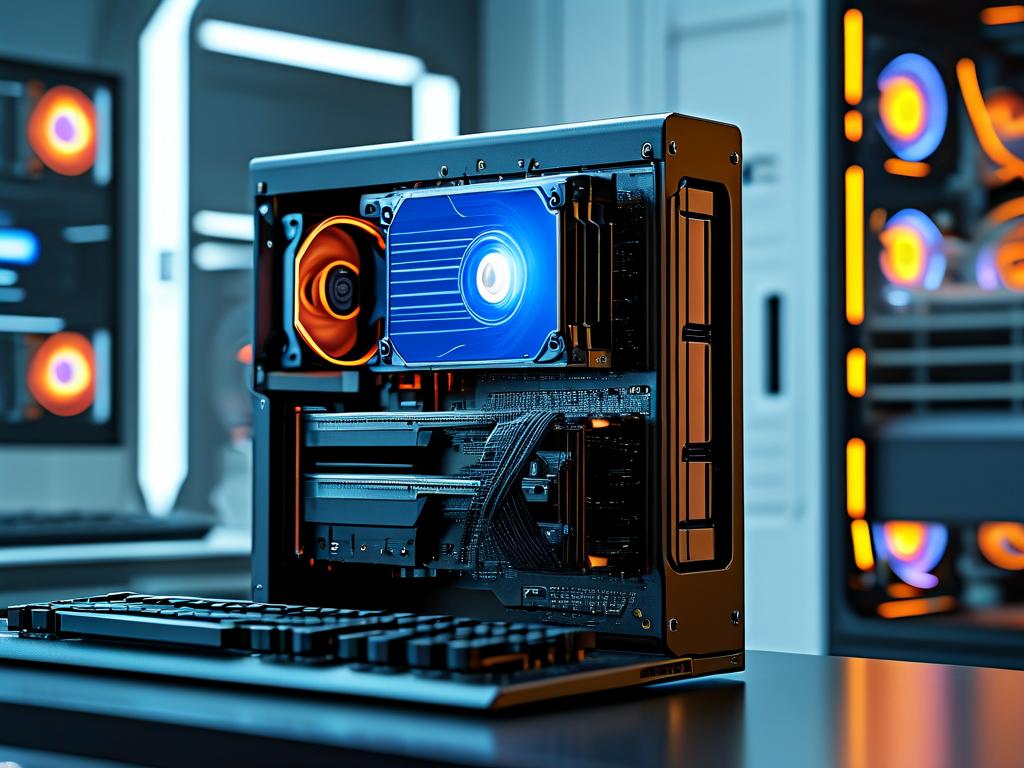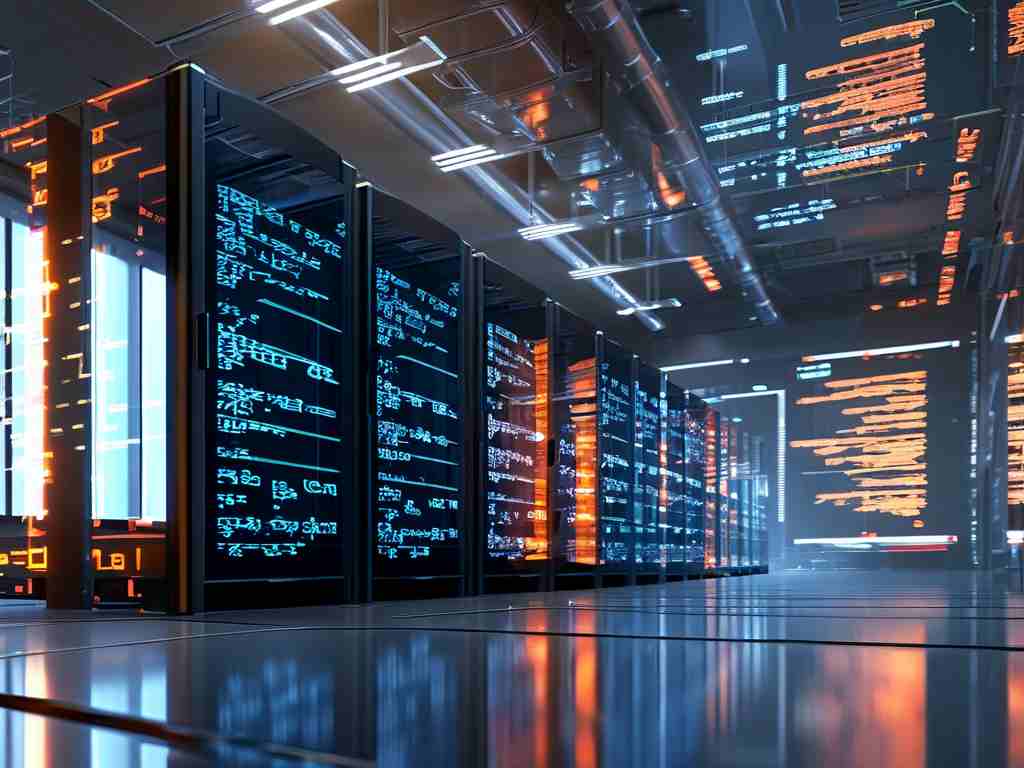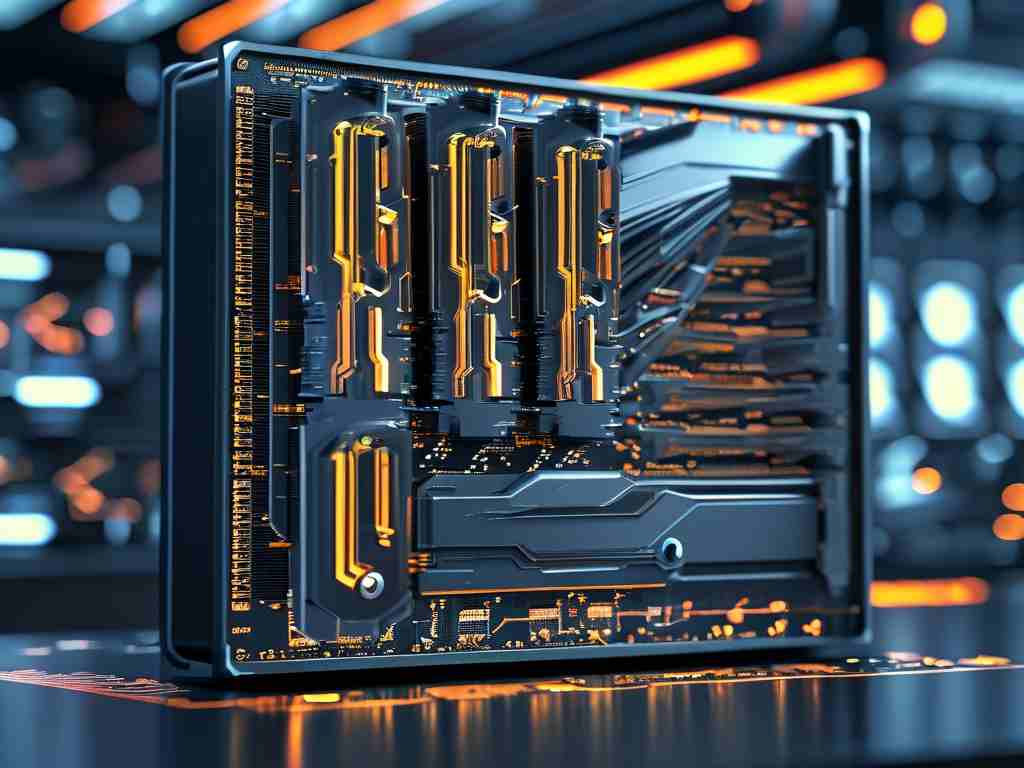Modern computing demands efficient memory management to handle resource-intensive applications. While hardware upgrades remain a straightforward solution, software-based optimizations can significantly enhance memory performance without additional costs. This article explores practical strategies to optimize computer memory utilization while maintaining system stability.

Understanding Memory Workflows
A computer’s RAM temporarily stores active data for quick access by the CPU. When physical memory becomes insufficient, systems rely on slower virtual memory (page files) stored on storage drives. Balancing these resources effectively reduces bottlenecks. For Windows users, the Task Manager (Ctrl+Shift+Esc) reveals real-time memory allocation, while macOS Activity Monitor provides similar insights.
Strategy 1: Process Prioritization
Background applications often consume memory unnecessarily. Identify non-critical processes through your OS’s task manager and terminate them. For example, web browsers with multiple tabs open may use over 1GB of RAM. Use command-line tools like PowerShell to automate this:
Get-Process | Where-Object { $_.CPU -gt 50 } | Stop-Process
This script terminates processes exceeding 50% CPU usage. Adjust thresholds based on your system’s capabilities.
Strategy 2: Virtual Memory Optimization
Increasing virtual memory allocation compensates for limited physical RAM. On Windows:
- Open System Properties > Advanced > Performance Settings
- Navigate to Advanced > Virtual Memory > Change
- Set a custom size (1.5x physical RAM minimum)
For Linux systems, modify the swappiness value (0-100) in /etc/sysctl.conf to adjust swap space usage:
vm.swappiness=10
Strategy 3: Memory Compression Techniques
Modern operating systems like Windows 10/11 and macOS employ memory compression to reduce swap file dependency. Enable this feature through registry edits (Windows) or terminal commands (macOS). For example:
sudo sysctl -w vm.compressor_mode=4
This command activates aggressive memory compression on macOS systems.
Hardware Upgrades: A Lasting Solution
When software tweaks prove insufficient, consider hardware improvements:
- RAM Expansion: Install higher-capacity or faster DDR4/DDR5 modules
- Dual-Channel Configuration: Pair identical RAM sticks for bandwidth doubling
- Storage Upgrades: Replace HDDs with NVMe SSDs for faster swap file operations
Advanced Tools for Power Users
Applications like Intelligent Standby List Cleaner (ISLC) or MemReduct proactively manage standby memory. Developers can utilize memory pooling in code:
from multiprocessing import Pool
def memory_intensive_task(data):
# Process data here
return result
pool = Pool(processes=4)
results = pool.map(memory_intensive_task, large_dataset)
This Python snippet distributes memory load across multiple cores.
Maintenance Practices
Regular system upkeep prevents memory degradation:
- Update drivers and firmware for improved compatibility
- Scan for malware consuming hidden resources
- Clean dust from RAM slots to prevent thermal throttling
By combining these methods, users can achieve 20-40% memory efficiency gains. For mission-critical systems, implement monitoring tools like RAMMap or htop to track long-term performance trends. Always test changes incrementally and create system restore points before major adjustments.





